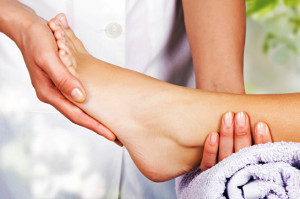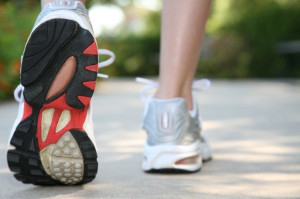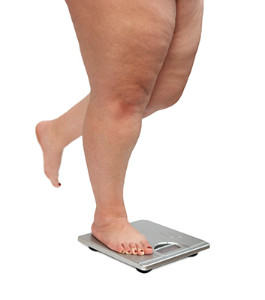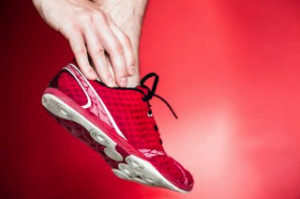 This year Michigan Technological University participated in National Biomechanics Day on April 6th, a world-wide event for educators and students to advance the education of human biomechanics. The Kinesiology and Integrative Physiology Department of the university collaborated with multiple departments across campus and invited local students to participate in hands-on activities focused on biomechanics research. Among these activities, members of the faculty demonstrated various tools used to analyze and describe human motion during exercise. Students were also given the chance to test their strength compared to Michigan Tech football players and to make imprints of their feet, allowing them to analyze how different foot types impact movements across multiple joints.
This year Michigan Technological University participated in National Biomechanics Day on April 6th, a world-wide event for educators and students to advance the education of human biomechanics. The Kinesiology and Integrative Physiology Department of the university collaborated with multiple departments across campus and invited local students to participate in hands-on activities focused on biomechanics research. Among these activities, members of the faculty demonstrated various tools used to analyze and describe human motion during exercise. Students were also given the chance to test their strength compared to Michigan Tech football players and to make imprints of their feet, allowing them to analyze how different foot types impact movements across multiple joints.
If you have any concerns about your feet, contact one of our podiatrists from Westside Podiatry Center, LLP. Our doctors can provide the care you need to keep you pain-free and on your feet.
Biomechanics in Podiatry
Podiatric biomechanics is a particular sector of specialty podiatry with licensed practitioners who are trained to diagnose and treat conditions affecting the foot, ankle and lower leg. Biomechanics deals with the forces that act against the body, causing an interference with the biological structures. It focuses on the movement of the ankle, the foot and the forces that interact with them.
A History of Biomechanics
- Biomechanics dates back to the BC era in Egypt where evidence of professional foot care has been recorded.
- In 1974, biomechanics gained a higher profile from the studies of Merton Root, who claimed that by changing or controlling the forces between the ankle and the foot, corrections or conditions could be implemented to gain strength and coordination in the area.
Modern technological improvements are based on past theories and therapeutic processes that provide a better understanding of podiatric concepts for biomechanics. Computers can provide accurate information about the forces and patterns of the feet and lower legs.
Understanding biomechanics of the feet can help improve and eliminate pain, stopping further stress to the foot.
If you have any questions please feel free to contact one of our offices located in Liverpool, Camillus, Skaneateles, Oswego, and Cicero, NY . We offer the newest diagnostic and treatment technologies for all your foot and ankle needs.



